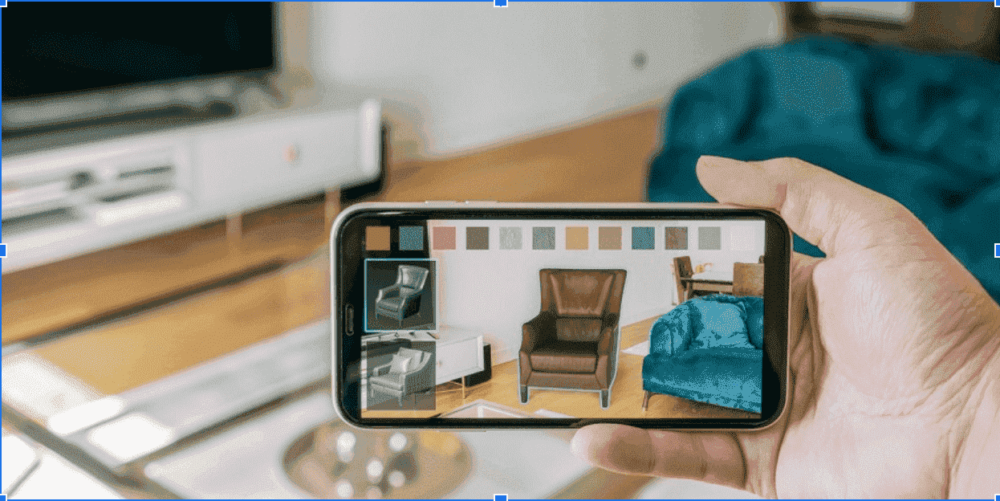EDITOR'S PICK
AR GPS Navigation in Smart Contact Lenses – Future for Microscopic Technology?!

In a major development for both augmented reality and microscopic technology in healthcare, researchers in South Korea have developed smart contact lenses that are capable of implementing AR-based navigation through a 3D printing process. So AR GPS Navigation in Smart Contact Lenses?!
The technology, developed by the Ulsan National Institute of Science and Technology (UNIST) and the Korea Electrotechnology Research Institute (KERI), takes the appearance of a typical contact lens that can be worn inside the eye, and can be used to help visually impaired users to navigate better throughout their daily lives.
Published in Advanced Science, the findings were carried out by UNIST Department of Mechanical Engineering’s Professor Im Doo Jung, and Dr. Seung Kwon Seol from the Smart 3D Printing Research Team at KERI.
Crucially, the smart contact lenses have the potential to overcome some of the biggest challenges of the augmented reality industry today, namely the expensiveness of AR hardware, the state of the experimental technology, and their bulky looks.
Unlike other AR hardware, the smart contact lenses can work using a 3D printing process, appear more discreet, and be cost-effective to utilize. The researchers have also noted that it’s possible to utilize energy-saving electrochromic (EC) displays to ensure lower power consumption for wearers.
So, could this microscopic innovation revolutionize how the visually impaired carry out their daily tasks? Let’s take a deeper look at how AR could change the game for visually-focused healthcare.
What is Augmented Reality?
What actually is augmented reality? Often abbreviated to AR, augmented reality integrates digital information within the user’s environment in real-time. While virtual reality is better known, AR users experience a real-world environment with overlaid perceptual information delivered in a number of different ways.
Augmented reality is generally used to digitally interact with natural environments or provide more information to users about the world around them.

For this reason, AR is a great means for blending digital and 3D components with an individual’s perception of the real-world. This means the technology can be used for a range of purposes, from entertainment, to navigation, to healthcare.
A New Future of Smart Contact Lenses
In the case of smart contact lenses for the visually impaired, AR is capable of printing micro-patterns on a lens display through the use of a 3D printer without using voltage.
This can be achieved through the Meniscus of used ink, which is a phenomenon where a curved surface is formed on the outer wall without water droplets bursting, owing to capillary action when water droplets are lightly pressed or pulled.
This process means that an ink-filled micronozzle has the ability to form micro-patterns on the curved surface of the contact lens, helping to guide wearers with low vision throughout their environments.
“Our micro-pattern technology is very fine (7.2 micrometers) that can be applied to smart contact lens displays for AR, and the color is continuous and uniform,” explained a scientist focusing on the project.
“The role of smart contact lenses is most anticipated in fields like navigation. Through experiments, researchers successfully demonstrated PB-based EC displays in a smart contact lens with a navigation function. The device could display directions to the destination to the user on the EC display by receiving GPS coordinates in real-time.”
How Technology is Aiding the Visually Impaired?
Smart contact lenses are nothing new in the world of advanced healthcare, and Google initially teamed up with Swiss drugmaker Novartis to develop its own iteration of smart contact lens prototype to better track the blood glucose levels of wearers.
Another use case for the technology was a treatment for Presbyopia, which occurs when wearers have difficulty focusing on objects.
Away from the smart contact lenses market, engineers in the US have developed a smart walking stick that utilizes artificial intelligence to help users to navigate their way around busy areas that can require different actions to be taken, such as a supermarket.
Designed to aid users who may be suffering from cataracts or other impairment following a vision test, the walking stick can use vibrations in its handle to guide users while verbal instructions can also help to enable easier navigation when out and about.
Although vision loss can be an extremely difficult impairment to live with, emerging technologies are rapidly evolving to provide crucial levels of assistance for wearers. Through artificial intelligence, AR, and microscopic technology, the future promises to be a more comfortable place for individuals living with visual impairments.





























